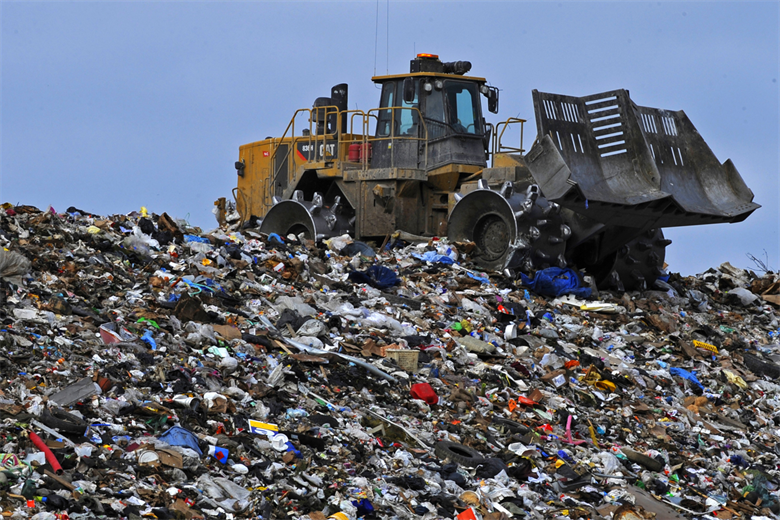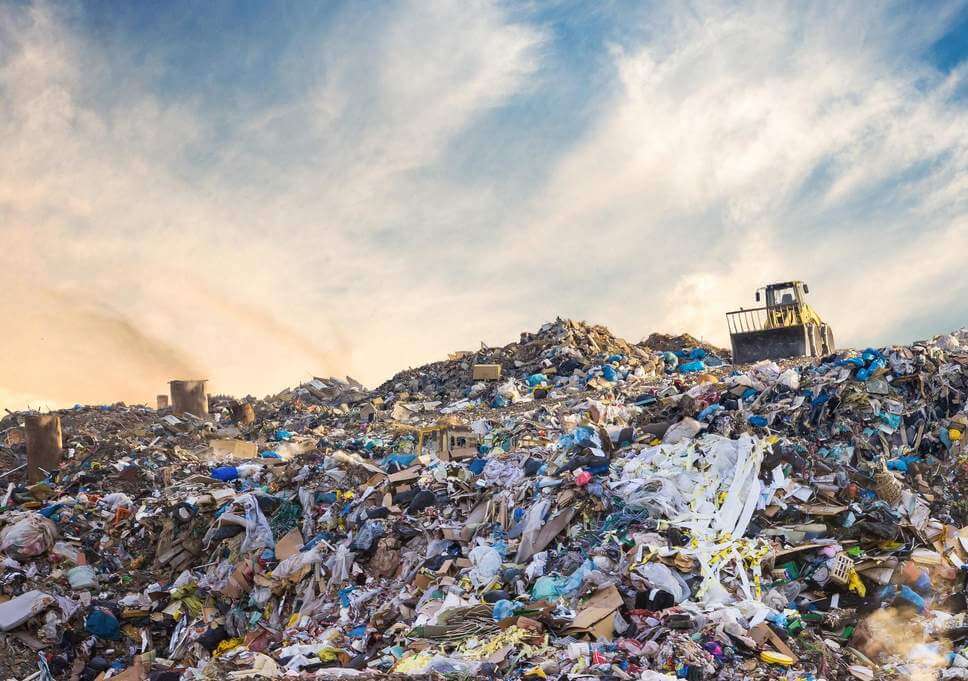Landfills
Distribution of Confinements
Concentration of the Problem
Landfills across the country are disproportionately located in or near low income communities and communities of color. Two community partners of NCEJN, Rogers-Eubanks Neighborhood Association of Orange County, NC and Royal Oak Concerned Citizen Association of Brunswick County, NC, both successfully fought environmental and racial injustices stemming from the siting of landfills in their communities.
Concentration of the Profits
Fighting Back
In 2006, NCEJN and a large group of conservation advocates worked to support passage of the Solid Waste Management Act of 2007. The legislation was the largest overhaul of solid waste laws in NC in decades. In addition to significant natural resource protections, including buffers between landfills and National Wildlife Refuges, state parks or state gamelands, it also included specific provisions that required a permit denial if a landfill would negatively impact a community of color or a low income community. After the law was passed, conservation groups and environmental justice advocates helped defend the law in court when the State of North Carolina sued over the provisions of the Act. The coalition prevailed at each level of litigation and communities around the state were able to look to the strong legislative language to support their organizing against improperly vetted landfill proposals.
In 2013, another attack on the good legislation was launched and unfortunately passed out of the Senate and and on to the House. Senate Bill 328 drastically reduced environmental protections, including slashing the buffers between landfills and natural resources. The same bill also removed protections from low income communities and drastically reduced protections for people of color.
Despite communities’ past victories and and ongoing efforts, there is still so much to be done! Lasting change takes time and support from everyone, including you! Here’s how you can help.



